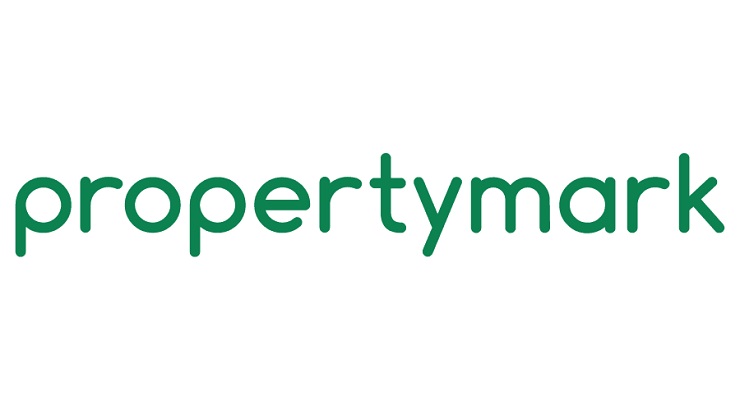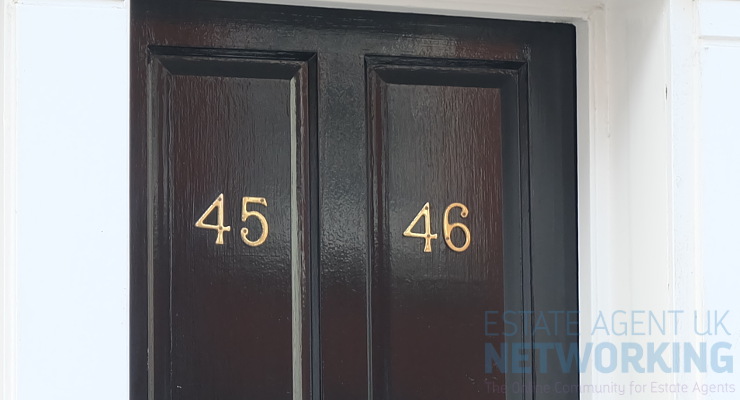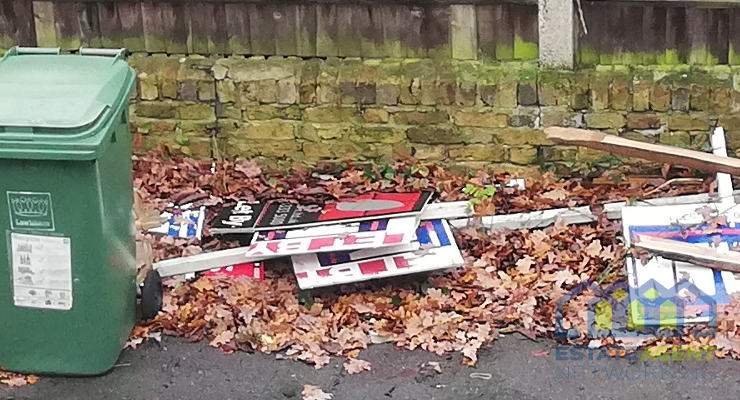Price and Value and the relationship between the two.
With a net worth of $72.8billion, business magnate and Berkshire Hathaway CEO Warren Buffett knows a thing or two about business…
His quotes are legendary and well documented but a particular comment resonated with me after a fractious day talking to new and existing clients regarding the pricing of our inventory reports.
Warren says “Price is what you pay. Value is what you get”..
This got me thinking; why would letting agents want to use an inventory provider in the first place and what are they willing to pay for a comprehensive and robust professional report?
If you ask any inventory provider price is always the very first conversation they have with potential new clients and often the only conversation with existing clients when new companies appear offering lower fees. Value in regards to quality is often low on their priority list.
The inventory business itself has enjoyed continued growth (certainly since we started back in 2012) and especially in this pre election phase as we’ve noticed a higher number of properties going out to rent rather than being put up for sale as landlords wait to see whether headline grabbing initiatives such as the mansion tax and tenant focused policies make a difference to their portfolios.
However; although we are producing large numbers of property reports (great news for us!) they are almost entirely viewed in regards to their cost and what the client (tenant / landlord / agent) is willing to pay for them rather than what they represent in regards to information, evidence and their propensity towards risk mitigation which is often overlooked until of course the deposit deductions are disputed and the report challenged. Then! they become the ‘holy grail’ for which to beat the opposing party (normally the tenant) over the proverbial head with!
So how should or (more importantly) why should the letting industry ‘value’ such a document?
First of all, as it stands there is no actual legal requirement for a landlord and or agent to produce an inventory or subsequent reports for a rental property. However, when letting out a property I believe the key to a successful tenancy is not just about the tenancy agreement, referencing and deposit protection but also the documents that underpin the process.
All too often an inventory is looked upon as another piece of paper in the administrative chain when in reality is has the power to lose a tenants deposit or add to the landlords costs if cleaning issues remain after check out or damage to the property occurs but responsibility cannot be proven.
So what are the pitfalls of NOT having a report…
- it’s more than likely that the landlords claim against a deposit will fail without one
- without an inventory report the adjudicator would be unable to establish the obligations as agreed by both parties at the start of the tenancy
- the return of a deposit could be delayed if the adjudicator has to consider additional supplementary evidence instead of a well written report
- the landlord could lose their claim against the deposit if they are unable to prove liability and would end up paying for cleaning issues and or damage that has occurred during the tenancy
- the lack of photographic evidence (or video) could mean that the issues are not correctly weighted and liability apportioned
- an inventory can and will highlight issues such as mould as well as furniture that does not meet statutory guidelines which could present a fire hazard so not having one can mean the loss of valuable / vital safety info
- without a comprehensive report items of furniture or ‘white goods’ could not be identified and any financial loss or damage would be difficult to compensate for
Another key consideration is that if the inventory report is carried out by the letting agents internal provision or by the landlord themselves then there is an added need to show to the adjudicator that the process was impartial, open and transparent
The benefits of having an independent inventory report are;
- that the adjudication process would be able to resolve a dispute in less time and more accurately
- the number of rooms or areas, condition and contents of the property are accurately recorded by a third party so that both the tenant and landlord are equally protected
- both landlord and tenant would know exactly where their respective responsibilities lie and the adjudicator would then be able to establish the property’s condition from both the description and any photographic or video evidence at the start and end of the tenancy
- a check out report at the end of the tenancy will provide a detailed account of the condition of the property and any issues that exist (a before and after snapshot if you like)
- if any issues are challenged then the inventory and any subsequent reports (interim inspections) can provide an audit trail for the adjudicator to gain a meaningful comparison
- the report lessens the risk of emotive arguments and ‘assumptions’ as the service provider is impartial
- the inventory process can also offer useful and impartial advice from an experienced and accredited service provider
- and the inventory can support other documents such as invoices/receipts for professional cleaning, decoration or new furniture, carpets etc
Without an inventory the landlord may not be able to prove, on the balance of probability, that he or she has a legitimate claim against the deposit and the adjudicator cannot correctly assess the evidence or apportion liability, which may then lead to an unfair outcome.
So if price is what you pay; what VALUE do you then place on the report you have paid for and in turn is what you get worth the price paid?









